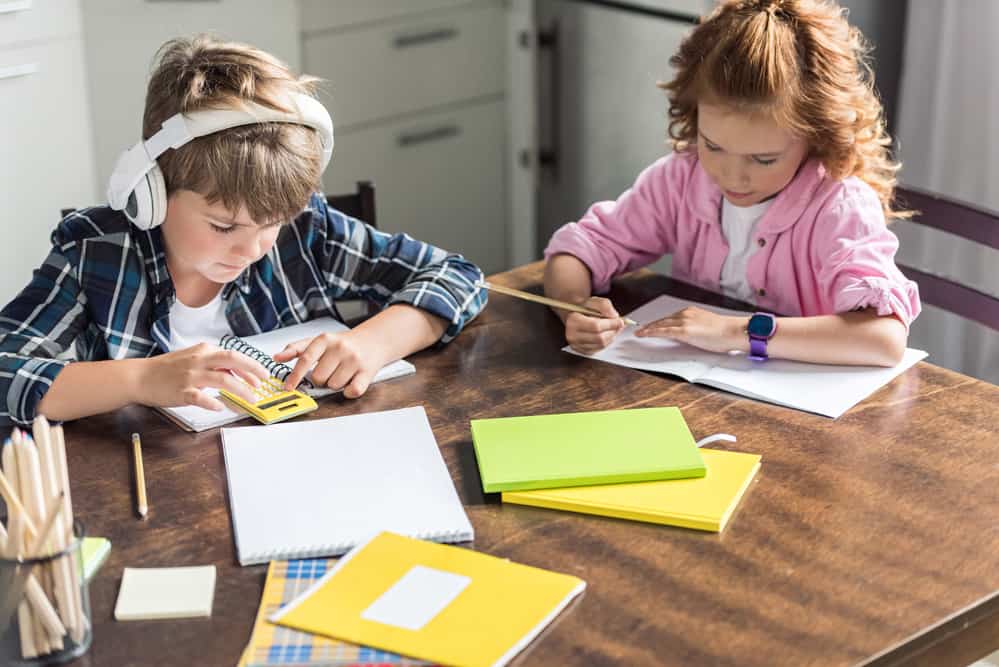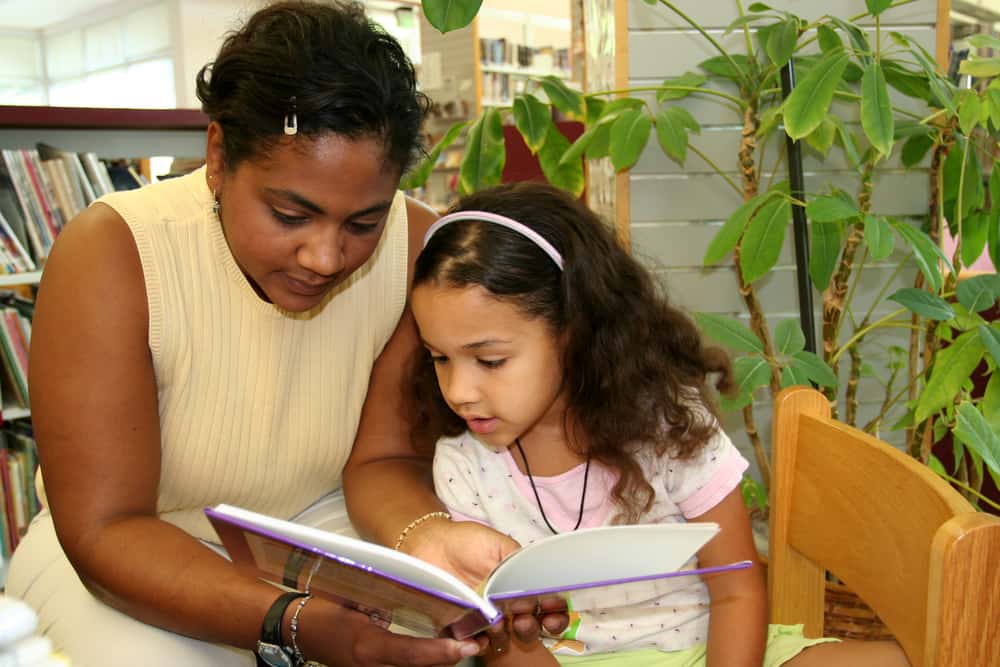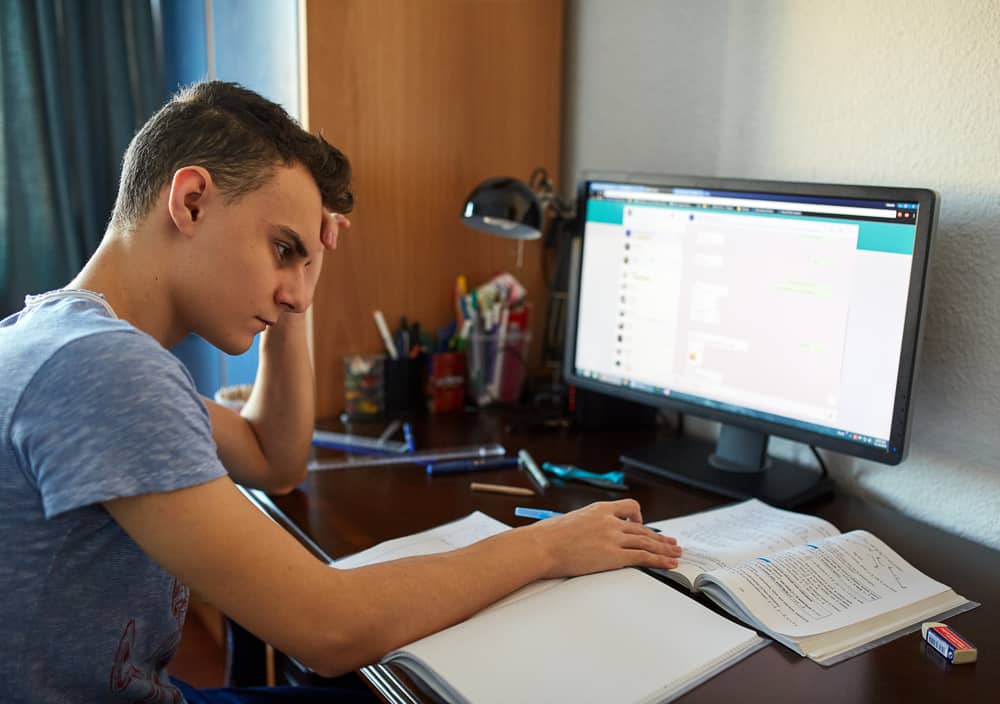Back in elementary school my girlfriends and I would fight over the leftover worksheets for our at-home classrooms. Who knew thirty years later that expertise playing school would be all the experience I had for my new side-hustle. Yep, with a few days notice parents and caregivers across the world are stepping in to manage the day-to-day education of millions of children. And most of us have jobs to top it off. Here’s a list of the top tips for Distance Learning. 
Open Lines of Communication. Reach out early with difficulties and questions with your child’s teacher. This territory is new for most teachers so feedback is important. Also teaching methods have changed over the years so it’s OK to ask for clarification.
Flexibility at First. For the first few days observe what works and what doesn’t in your household. Most parents don’t know what learning style their kids use, like visual, auditory, kinesthetic and reading and writing learners.
Frequent Breaks. Use timers to break up the work. Some students can work for 30 minutes or longer on a task. Others, especially those with learning differences will need more frequent breaks. 
Dress for Success. Make it a work day so get dressed. As a work-at-home freelancer, productivity goes down if I try to work in my PJs. Goes for kids too.
Start the Day Right. Check in with your students early in the day and see what’s needs to be completed. See if they have the needed supplies or have questions about their assignments.
Read Emails. Sometimes parents rely on those face-to-face encounters with teachers and other parents for information about upcoming events. So email will be the primary form of communication between the school and parents or caregivers. 
Get the Supplies for the Job. Gather all the school supplies and put everything in one spot. You’d be surprised how much you actually have stashed. Don’t forget to pull out those art kits your kids got as gifts, the ones that looked too messy.
Enlist Household Help. In my house of teens and tweens, I handed out titles. My 15-year-old son became the Athletic Director. My 17-year-old daughter is a Student Teacher to her 12-year-old brother.
Reach out for Help. Friends are around to help so reach out on social media platforms for ideas. Homeschooling families are quite encouraging and helpful. 
Call in the Professionals. Lots of resources can be found online, like Khan Academy, Quizlet and even YouTube videos. And popular magazines, like National Geographic and even the publisher Scholastic offer free materials for students.
Head to a Museum. Well kinda. Top museums offer free online programming like The British Museum, the Guggenheim Museum in New York City among others.
Make it Fun. I named my homeschool academy. And I’m thinking about doing school pictures, just for fun. Have a picnic lunch in the backyard, if you have one.
Use What You Have. Some of the best ideas are answers to problems. Get the kids to brainstorm when you don’t have a needed supply.
Be Open to New Technology. Let’s face it, kids consume a lot of technology so ask older kids how to use new-to-you platforms. Platforms like Zoom and Google Hangouts can be used for education as well. 
Keep a Basic Routine. Make a schedule on bedtimes and meal times then follow it. Sure, the first few days are topsy-turvy, though everyone needs some structure.
Know When to Call it a Day. Frustration breeds frustration, especially with kids. So if they’re done with one task, try it another day. Or seek help and try another technique if needed.
Set up Work Stations. Not many families have a classroom in their home. So transform a little used room, like your dining room into a classroom.
Quiet or Background Noise. Be open to different needs of everyone in your household. Like my household, with a loud phone talker and a quiet writer. Pull out noise-cancelling headphones or play some instrumental music on a WiFi speaker. 
Divide it up with your Partner. If both caregivers are working from home then divide the schooling duties by taking shifts. Seems simple but it might require some negotiation to meet educational and career needs.
Learning Management System. Do you know which Learning Management System (LMS) your kid uses at school. Popular options include Google Classroom or Blackboard and most information will be delivered to students via this platform. Learn how to see what’s been turned in and get an overview of assignments and deadlines.
Make a Schedule. Sit down and discuss a schedule that works for everyone. One caregiver can wake up early and get some work done while the kids sleep for example.
Prep Ahead. Lots of time for togetherness on the horizon so keep the meals during the day simple to prepare and clean-up.

Listen to a Book. A favorite with busy adults, kids can listen to audiobooks as well. Resources like Audible and Scribd offer a free month. LibriVox is a free service with books read by volunteers.
Source it from the Library. Sure most brick and mortar libraries are closed but its website offer many resources that never close. Find a virtual lending library with audiobooks and streaming services.
Keep Calm and Stay Reassuming. Young children might not understand and crave some extra snuggles. Older students miss their friends. And the class of 2020, they need extra love and understanding.
Get Some Fresh Air. Playgrounds might be closed in your area though parks are open. And the National Park Service just announced that National Parks are free to enter. Just remember to keep at least six feet away from other groups and wash your hands for 20 seconds afterwards. 
For more Living on the Cheap articles:
How adults can make it through social distancing
Cheap ways to kill time without technology
Animal webcams you can’t stop watching
